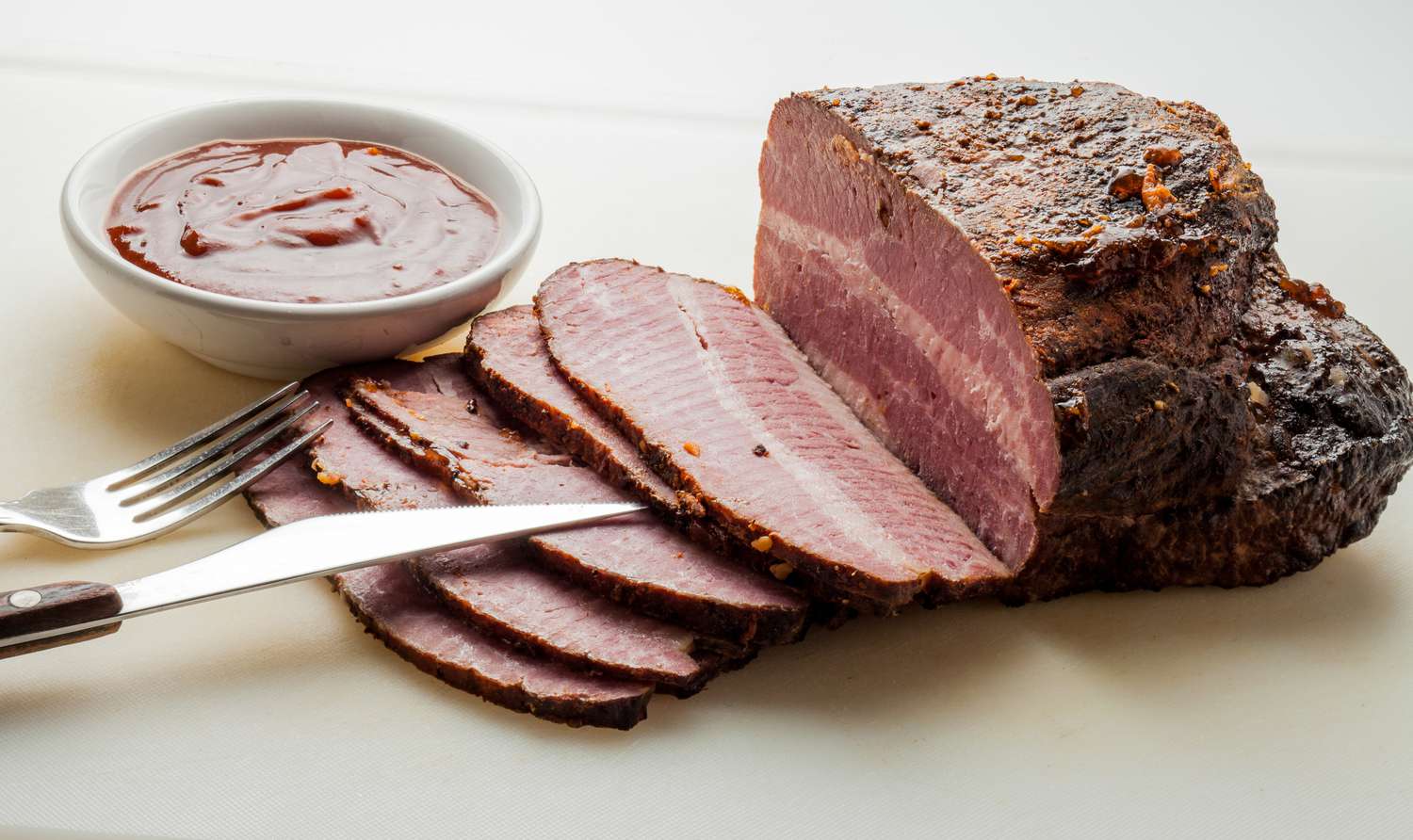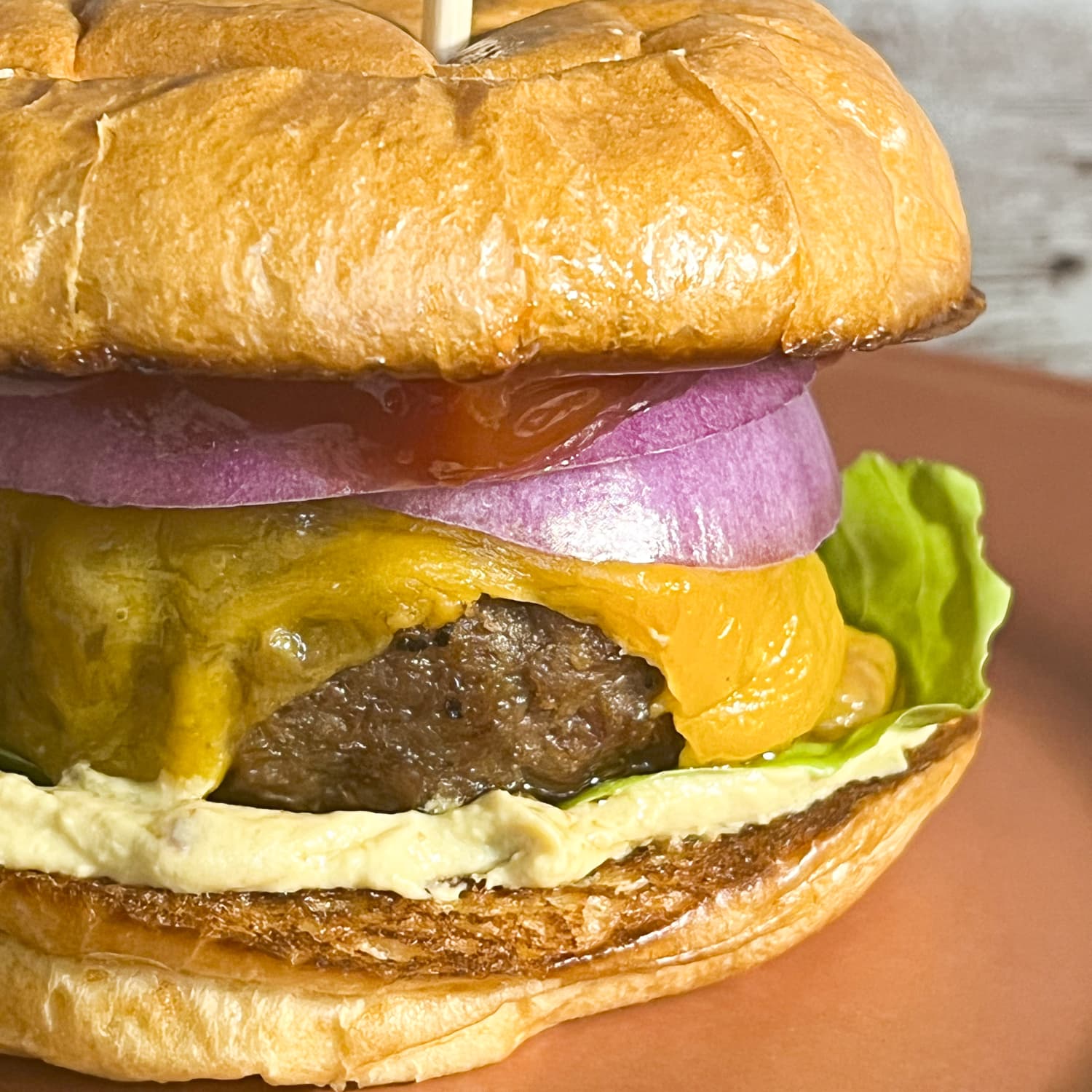Cottage cheese tastes mild, creamy, and slightly tangy. It has a lumpy texture with a subtle salty flavor.
Cottage cheese is a popular dairy product enjoyed by many for its unique taste and versatility. Made from curds of cow’s milk, it offers a mild, creamy flavor that’s slightly tangy and subtly salty. Its lumpy texture sets it apart from other cheeses, making it a distinctive addition to various dishes.
Rich in protein and low in fat, cottage cheese is a favorite among health-conscious individuals. It can be eaten on its own, mixed with fruits, or used in savory recipes. This versatile cheese is a nutritious option, perfect for breakfast, snacks, or even as a light meal.
Introduction To Cottage Cheese
Cottage cheese is a popular dairy product known for its mild flavor and creamy texture. It is made from curds of cow’s milk and is often used in salads, desserts, and as a healthy snack. Its unique taste and versatility make it a favorite among many.
Brief History
Cottage cheese has a long and rich history. It dates back to ancient times when people first began to curdle milk. Early settlers in America made it on their farms, giving it the name “cottage cheese.” They used simple tools and fresh milk from their cows. This humble cheese has been enjoyed for centuries.
Nutritional Profile
Cottage cheese is a powerhouse of nutrients. It is rich in protein, making it a great choice for those looking to build muscle. It also contains essential vitamins and minerals.
| Nutrient | Amount per 100g |
|---|---|
| Protein | 11g |
| Calcium | 83mg |
| Vitamin B12 | 0.4mcg |
| Calories | 98 |
Here are some key benefits of cottage cheese:
- High in protein
- Low in fat (in low-fat varieties)
- Rich in calcium
- Contains essential vitamins
These nutrients make cottage cheese a healthy and delicious choice for many.
Texture And Consistency
Exploring the texture and consistency of cottage cheese can be delightful. This cheese has a unique feel and appearance, making it special among other dairy products.
Curd Size
Cottage cheese consists of curds, which can vary in size. The curds are the solid parts of the cheese. Some brands offer small curds, while others provide larger ones. The size of the curds affects the overall experience.
Small curds are smooth and tender. They blend easily with other foods. Large curds are firm and chewy. They provide a more substantial bite.
People have preferences for different curd sizes. You might enjoy one size over the other. Trying both can help you decide which you prefer.
Creaminess
Creaminess is another important factor in cottage cheese texture. Some varieties are very creamy, while others are drier.
Creamy cottage cheese has a rich, smooth texture. It feels soft and luscious in your mouth. Dry cottage cheese has less moisture. It feels more crumbly and firm.
The level of creaminess can depend on the brand and type of cottage cheese. Full-fat options are often creamier. Low-fat versions might be drier. Choosing the right type can enhance your enjoyment.
Flavor Profile
Cottage cheese is known for its unique flavor profile. It offers a delightful mix of mildness and tanginess. This combination makes it versatile and appealing.
Mildness
Cottage cheese has a very mild taste. It is not overpowering. The mild flavor allows it to pair well with many foods. You can add it to fruits, salads, or even main dishes. Its mildness is often compared to fresh milk or cream. This makes it a good choice for those who prefer subtle flavors.
Tanginess
The tangy notes in cottage cheese come from its fermentation process. This tanginess is gentle yet noticeable. It adds a nice contrast to the mildness. The tangy taste can vary depending on the brand and type. Some cottage cheese types are tangier than others. This variation makes cottage cheese interesting to try.
Comparing Cottage Cheese To Other Cheeses
Cottage cheese has a unique taste and texture. Many people compare it to other cheeses. This helps understand its characteristics better. Let’s compare cottage cheese to ricotta and feta.
Ricotta
Ricotta is creamy and smooth. It has a slightly sweet taste. Cottage cheese is different. It has a lumpy texture and a mild flavor.
- Texture: Ricotta is smooth. Cottage cheese is lumpy.
- Flavor: Ricotta is sweet. Cottage cheese is mild.
Both are great in different dishes. Ricotta is excellent in lasagna. Cottage cheese works well in salads.
Feta
Feta is crumbly and salty. It has a strong, tangy flavor. Cottage cheese, on the other hand, is soft and mild.
- Texture: Feta is crumbly. Cottage cheese is soft.
- Flavor: Feta is tangy. Cottage cheese is mild.
Feta adds a strong taste to dishes. Cottage cheese offers a subtle, creamy addition.
Cottage cheese is versatile. It can be used in many recipes. Understanding its differences with ricotta and feta helps you choose the right cheese for your dish.
Ways To Enjoy Cottage Cheese
Cottage cheese is a versatile food with a unique taste. Its mild flavor and creamy texture make it a favorite among many. But how can you enjoy it? Let’s explore some delicious ways to savor cottage cheese.
Sweet Pairings
Cottage cheese pairs wonderfully with sweet ingredients. Here are some tasty options:
- Fruit Toppings: Add fresh berries, pineapple, or peaches. The sweetness of the fruit complements the creamy cheese.
- Honey Drizzle: A drizzle of honey adds a touch of sweetness. It blends well with the tangy flavor of cottage cheese.
- Granola: Sprinkle granola on top for a crunchy texture. This makes a perfect breakfast or snack.
Savory Pairings
If you prefer savory flavors, try these combinations:
- Herbs and Spices: Mix in chopped chives, dill, or paprika. These herbs add a burst of flavor.
- Vegetables: Add diced cucumber, tomato, or bell peppers. This creates a refreshing and nutritious dish.
- Avocado: Combine cottage cheese with sliced avocado. The creaminess of both is a match made in heaven.
Cottage Cheese In Recipes
Cottage cheese is versatile and adds a creamy texture to dishes. It fits well in salads and desserts, making meals nutritious and delicious.
Salads
Cottage cheese boosts protein in salads. It pairs well with fresh veggies, nuts, and fruits. A popular choice is a cucumber and tomato salad with cottage cheese.
- Chop cucumbers and tomatoes.
- Add a handful of fresh spinach.
- Mix in a cup of cottage cheese.
- Sprinkle with salt and pepper.
For a sweet twist, try a fruit salad. Combine cottage cheese with berries, apple slices, and a drizzle of honey.
Desserts
Cottage cheese can make desserts creamy and rich. It is an excellent ingredient for cheesecake.
- Blend cottage cheese until smooth.
- Mix with sugar, eggs, and vanilla extract.
- Pour into a graham cracker crust.
- Bake until set and golden.
You can also make a simple parfait. Layer cottage cheese with granola and fresh fruits in a glass.
Other dessert ideas include cottage cheese pancakes or a cottage cheese and fruit smoothie.
| Recipe | Main Ingredients |
|---|---|
| Cheesecake | Cottage cheese, sugar, eggs, vanilla extract, graham cracker crust |
| Fruit Parfait | Cottage cheese, granola, fresh fruits |
These recipes show how cottage cheese can be both savory and sweet. Experiment with these recipes for a tasty addition to your meals.
Health Benefits
Cottage cheese is more than just a tasty snack. It also boasts numerous health benefits. This dairy product is packed with nutrients, making it a smart choice for your diet.
High Protein
One of the standout features of cottage cheese is its high protein content. Each serving provides a significant amount of protein. This helps in muscle building and repair.
- Supports muscle growth
- Aids in recovery after workouts
- Keeps you feeling full longer
Low Fat
Cottage cheese is also known for being low in fat. This makes it an excellent option for weight management and heart health.
| Nutrient | Amount (per 1 cup) |
|---|---|
| Protein | 27 grams |
| Fat | 2.3 grams |
Eating low-fat foods can help reduce calorie intake. This supports weight loss and maintenance.
Plus, it reduces the risk of heart disease.
Choosing The Right Cottage Cheese
Choosing the right cottage cheese can greatly impact your culinary experience. Different brands and fat contents offer varying flavors and textures. Understanding these differences helps you make an informed decision.
Brands
Various brands of cottage cheese bring unique flavors and textures. Some popular brands include:
- Breakstone’s
- Daisy
- Hood
- Knudsen
Each brand has its distinct taste. Some are creamier, while others are more tangy. Trying different brands helps you find your favorite.
Fat Content
Cottage cheese comes in different fat contents, affecting taste and texture. These include:
| Fat Content | Flavor | Texture |
|---|---|---|
| Full-Fat | Rich and creamy | Thick and smooth |
| Low-Fat | Light and tangy | Less creamy |
| Fat-Free | Mild and watery | Thin and grainy |
Choosing the right fat content depends on your dietary needs and taste preference. Full-fat offers a richer experience, while fat-free is lighter.
Frequently Asked Questions
What Does Cottage Cheese Taste Like?
Cottage cheese tastes mild and slightly tangy. It has a creamy texture with a hint of saltiness. Some find it slightly sour.
Is Cottage Cheese Sweet Or Savory?
Cottage cheese is generally savory. Its flavor profile is mild and slightly tangy with a touch of saltiness.
How Is The Texture Of Cottage Cheese?
Cottage cheese has a creamy and lumpy texture. The curds are soft and slightly chewy, making it unique.
Does Cottage Cheese Taste Like Yogurt?
Cottage cheese tastes milder than yogurt. It lacks the strong tanginess of yogurt but shares a slight sourness.
Conclusion
Cottage cheese offers a unique blend of creamy and tangy flavors. It’s a versatile addition to various dishes. Whether you enjoy it sweet or savory, it can suit many palates. Its texture and taste make it a favorite for many.
Try it out and discover your new favorite way to enjoy cottage cheese.
Learn More About Grilling
If you want to learn more about grilling, check out these other helpful resources!











